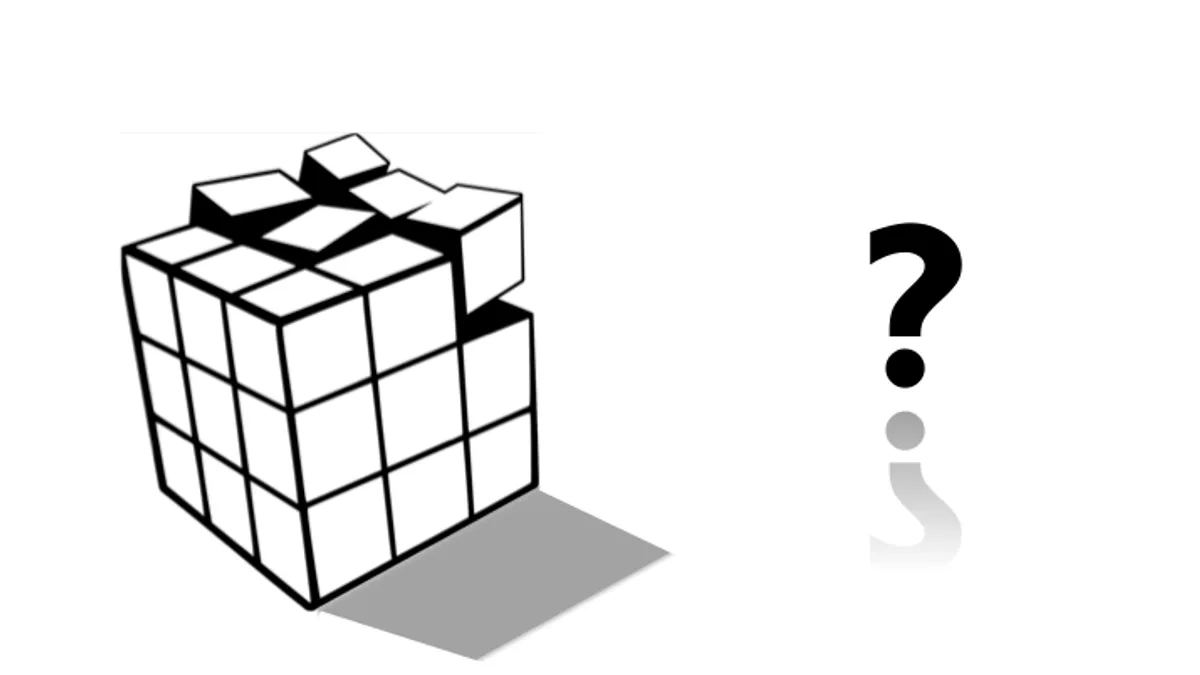When the pandemic hit, the financial planning and analysis (FP&A) team at a U.S. manufacturing company did something different than the typical modeling exercise; it created an uncertainty cube, a process in which planners multiply the variables and paths used in scenario planning to better assign probability ratios to outcomes.
"The uncertainty cube is an expansion of other forms of analyses," McKinsey & Company Partner Aleksander Petrov said in an analysis and webcast. "If you think about a couple of scenarios with a couple of variables that evolve over time, the uncertainty tube just expands those with a bit more variables and a lot more paths."
The key is to include more exogenous business impacts than is included in a traditional modeling exercise — six rather than three, for example — and to model far more paths, such as 10,000 rather than 1,500.
"We are in a great period of uncertainty," Petrov said. "To estimate the full depth of effects that are happening in the balance sheet, a technique that is rich and deep in analysis should be used."
In-depth analysis
The manufacturing company, for example, constructed an uncertainty cube that followed 10,000 paths based on six exogenous variables over seven quarters under three scenarios.
"Most companies [already] have a taxonomy of financial risk," Petrov said. "If not, finance leaders should work with business units to create one."
In its analysis, the manufacturing company looked at steel and oil prices, BBB-rated credit spreads, U.S. GDP and the movement of European and Brazilian currencies against the dollar
It fed those variables into its model and analyzed how they fared over seven quarters, assuming a quick recovery, a moderate shock and a severe shock.
Company leaders, Petrov said, were "surprised to learn that the probability of insolvency was nearly 30% over the next 24 months."
The main reason: the pandemic's effect on global currencies and oil prices.
In one path, U.S. GDP dropped sharply in the fourth quarter at the same time credit spreads and steel prices rose dramatically. In another, GDP dropped but credit spreads remained constant and steel prices softened.
Insolvency risk
Against these scenarios, company leaders wanted to know if it made more sense to raise cash or cut costs.
The company ended up applying for a paycheck protection program (PPP) loan, restructuring its existing bank debt, shelving a planned acquisition, and accelerating its purchasing program to help supply chain partners.
The company, Petrov said, "found out that … it was able to decrease its probability of insolvency — that is, the likelihood of its going bust — from 25% to 5% under most scenarios."
Given the number of data points it's based on, the uncertainty cube is a big task but Petrov said the extra work comes mostly from identifying as many of the company's exogenous risks as possible. Once that's done, the modeling doesn't require much more computational power than what companies are already typically using.
"It actually doesn't take a lot more time and effort than the standard analysis," Petrov said. "The key is to spend enough time upfront thinking about which are the right variables to expand the scenario with. But after that, the methodology and application don't need to take a lot more effort and time."














